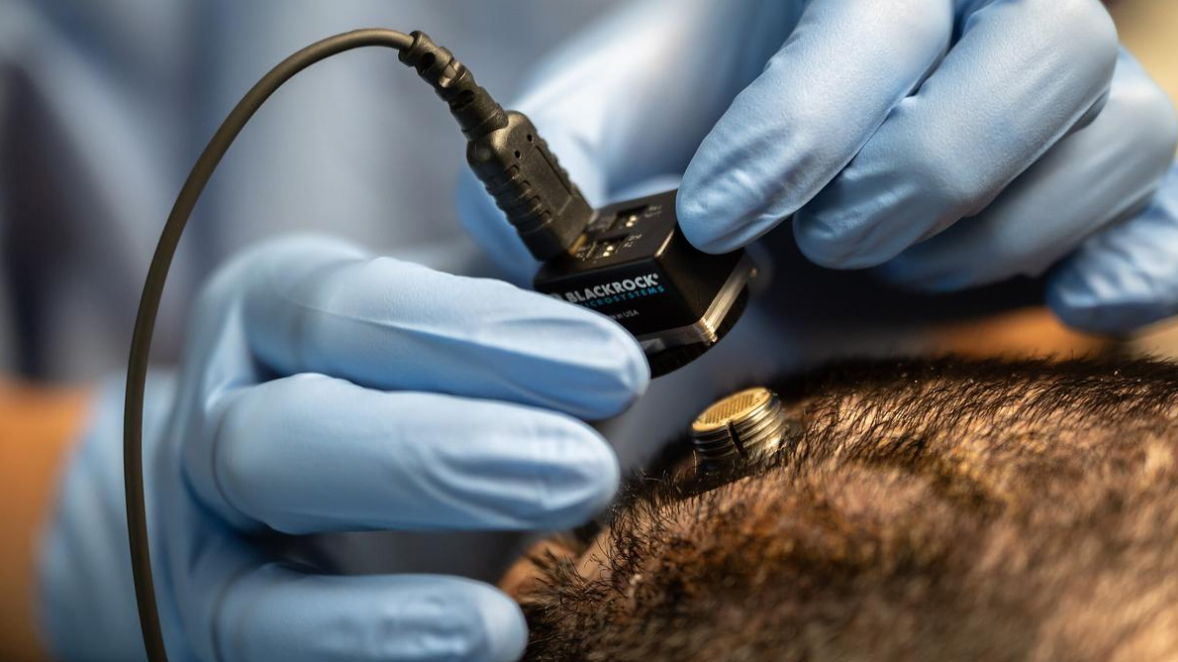



Scientists found that fruit fly larvae can sense electric fields using special neurons in their heads. The larvae move toward the negative electrode when exposed. This discovery adds fruit flies to the list of animals that detect electricity and may help researchers understand how cells and animals respond to electric signals.

Copyright infringement not intended
Picture Courtesy:wikipedia
Scientists discovered that fruit fly larvae can sense electric fields.
The researchers at the University of California, did an experiment. They placed a fruit fly larva in an electric field. When they turned on the electric field, the larva changed its direction and started moving toward the negative electrode. This showed that the larvae could sense the electric field and respond to it.
The scientists discovered that the larvae have special neurons on either side of their head. These neurons help them detect electric fields. To confirm this, they put the larva’s head under a microscope and exposed it to an electric field.
When the electrode was in front of the larva’s head, the neuron became less active, or inhibited. But when the electrode was behind the larva’s head, the neuron became active. This activation made the larva turn around and move toward the negative side of the electric field.
|
Fruit fly larvae are now one of the few animals known to sense electric fields, joining sharks, bees, and the platypus. |
Scientists believe this ability might help to understand how cells respond to electric signals. It could also give clues about how other animals, including humans, might sense electricity in ways we don’t fully understand yet.
Source:
|
PRACTICE QUESTION Q. If the resistance of a wire doubles and the voltage across it remains constant, what happens to the current? A) Halves B) Doubles C) Remains the same D) Becomes zero Answer: A Explanation: Ohm’s Law states V = IR, where V is the voltage across the wire, I is the current flowing through the wire, R is the resistance of the wire. If R doubles and V stays constant, I becomes V/(2R), which is half the original current. |






© 2025 iasgyan. All right reserved